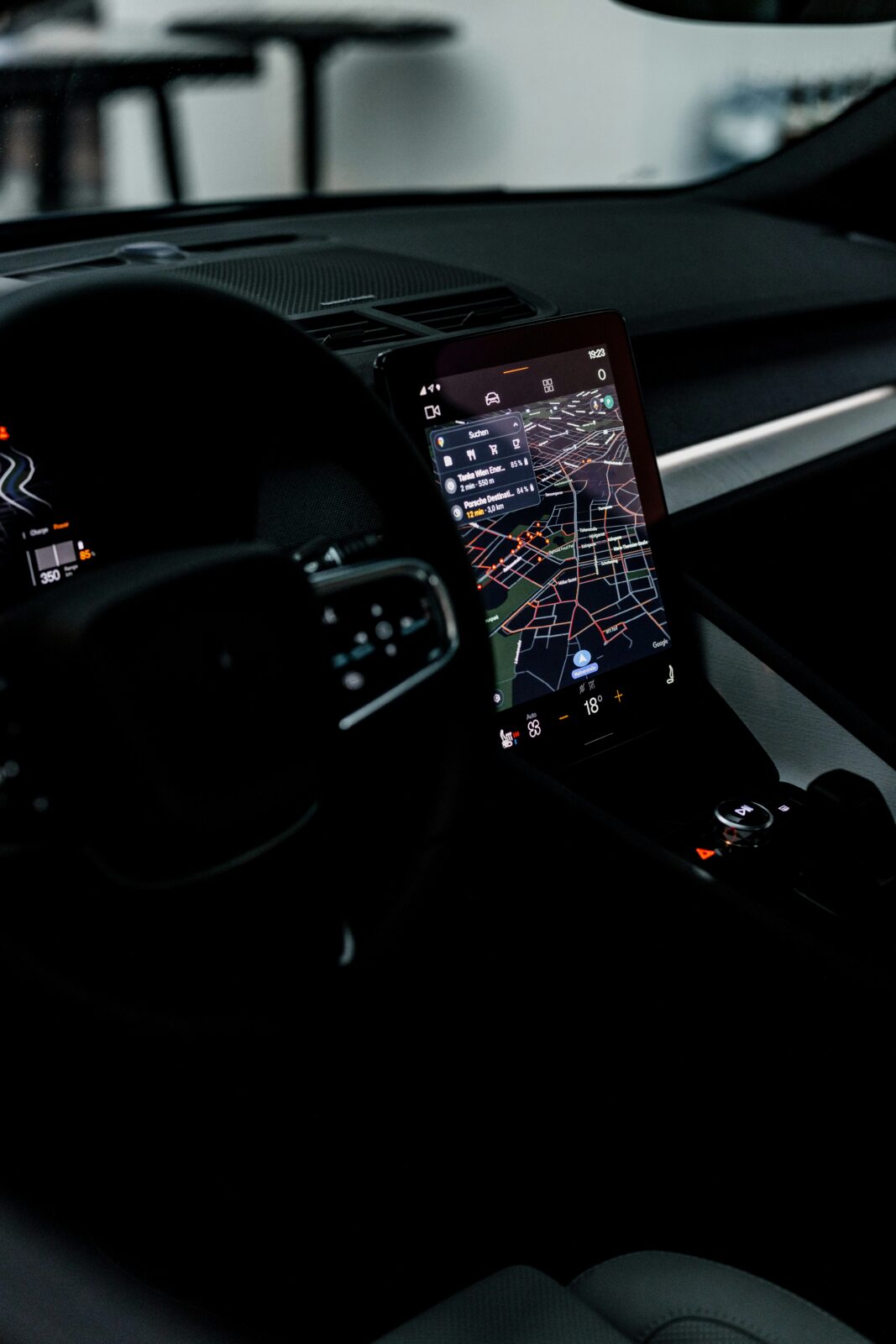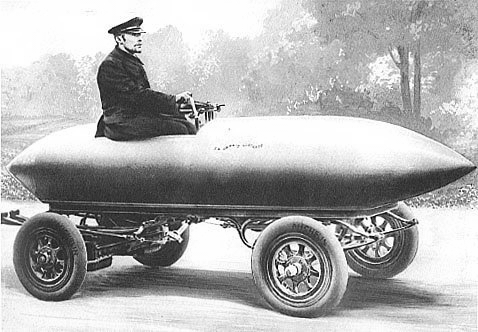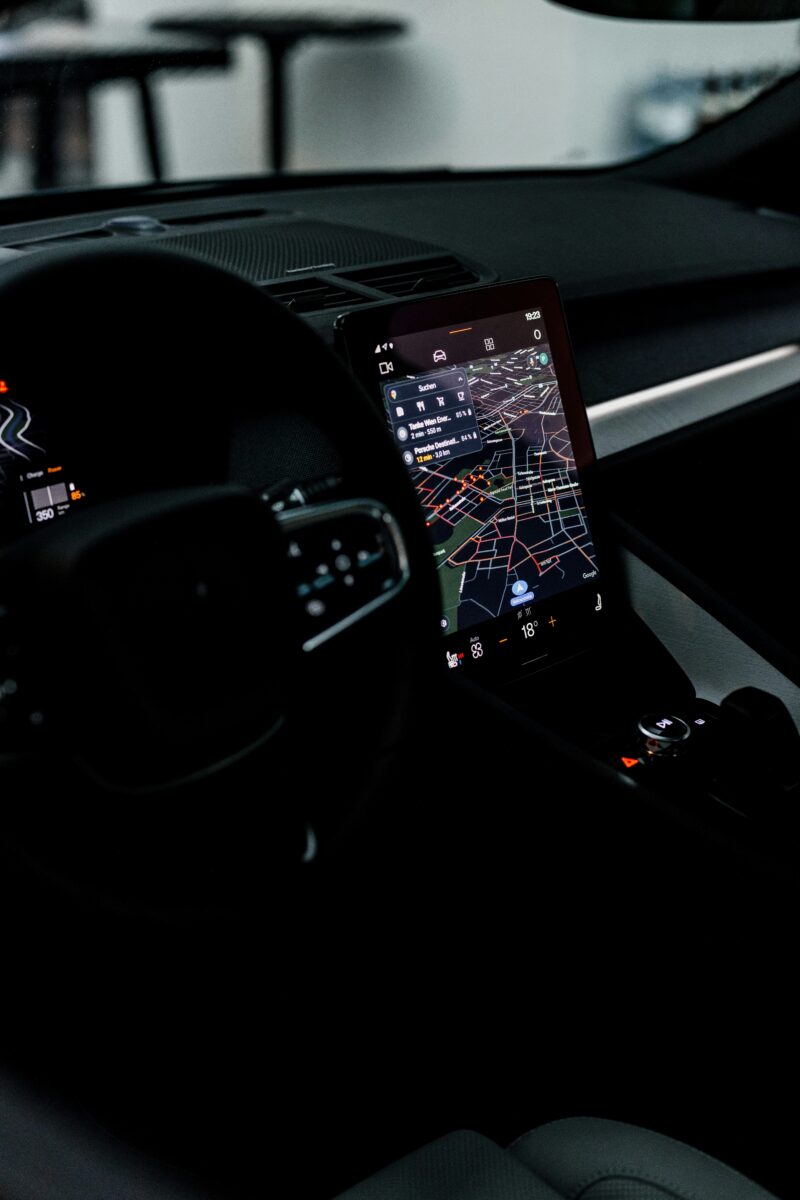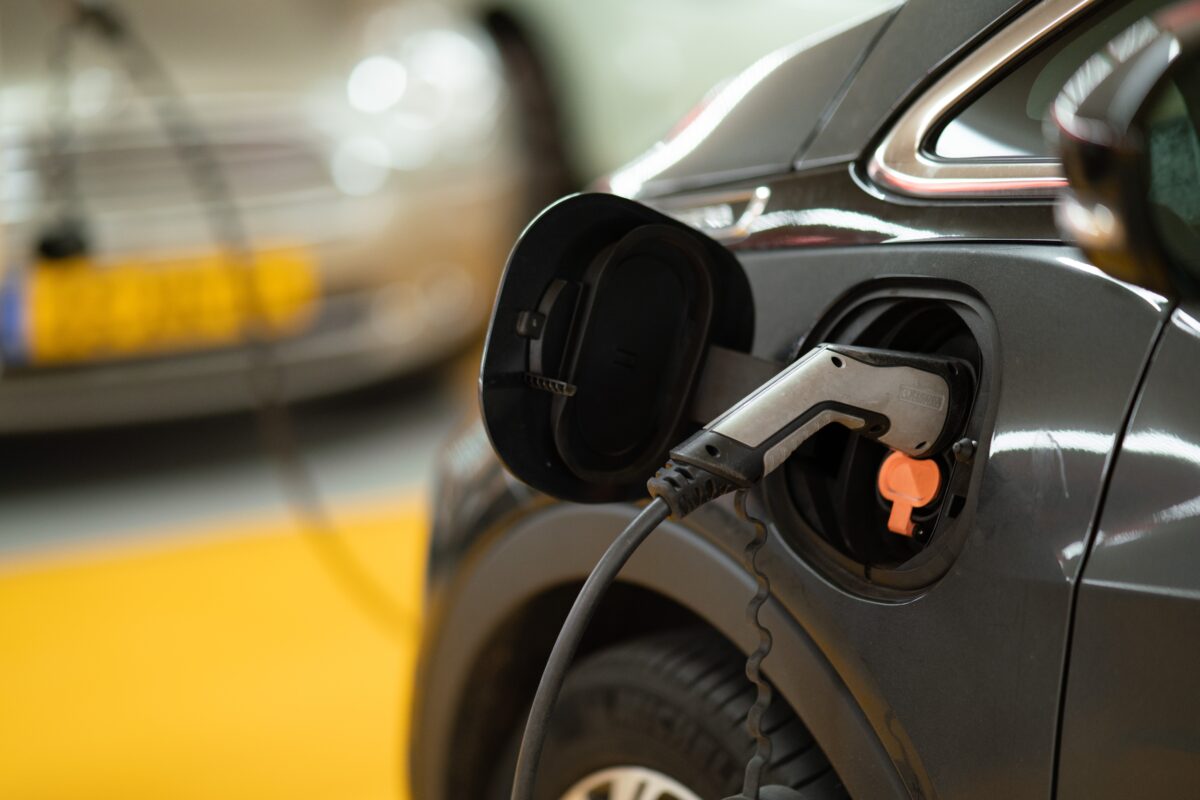
Drivers of change: A Timeline of Electric Vehicles from 1800 to 2023
In the 2020s, electric cars have become more popular across the globe, lauded for their cheaper running costs and lower environmental impact when compared with petrol-fuelled vehicles.
Given their recent hype, you might be surprised to learn that they’re part of a tradition that’s at least two centuries old.
We often think of the early 20th century as a time period in which electricity attained its supremacy—certainly from a western perspective, this was when the gas-lit charm of the Victorian era transitioned into the sleek art nouveau designs, flattered by ubiquitous electric lighting. But before electricity could be delivered to middle-class homes, electricity had a long way to come. The history of the electric vehicle walks in lockstep with the history of electricity for some time.
Our story begins in 1800, in Italy.
1800: An emerging scientific understanding
There were three things necessary for the earliest electric motors to emerge.
- A battery. 1800, Alessandro Volta invented the earliest battery, which enabled the delivery of continuous current. You might be familiar with the terms “volts” and “voltage,” which take their name from him.
- Knowing how magnetic fields could interact with, and be generated by, electric currents: In 1820, Hans Christian Ørsted wrote that an electric current could divert a compass needle from magnetic north.
- The electromagnet: In 1824, William Sturgeon designed the first electromagnet.
The Karlsruhe Institute of Technology maintains a page on Jacobi’s motor, an early electric motor in which all of these puzzle pieces come together. Built by Moritz Hermann Jacobi in 1834, the original no longer exists, but copies in Russia and Germany are available to view.
From the earliest examples of electric motors, it’s not a big leap to the first electric vehicles.
1835: The very first electric vehicle
Educated people in the west, inspired by the same emerging ideas in science and technology but lacking our modern speed of communication and information, often made quite similar discoveries independent of one another. There was much concurrent work on electric motors for locomotion, with notable names like Thomas Davenport, Robert Davidson and Charles G Page all entering the conversation in the decade between 1830 and 1840.
In the 1830s, the batteries powering these earliest electric vehicles weren’t rechargeable. Electricity itself wasn’t as ubiquitous as it became in the 20th century. Major metropolises like London didn’t really see regular access to electricity until the 1880s, and the UK’s National Grid—the first of its kind in the world—wasn’t established until a century after the earliest electric vehicles, in 1935. Electricity was not a resource to which large numbers of people yet had access. In this context, it’s a challenge to see how an electric vehicle would be more than a parlour trick or a gimmick of the moment.
Nevertheless, one of the earliest electric cars, designed in 1835 by Professor Sibrandus Stratingh, is now held by the University of Gronigen in the Netherlands. It’s a little thing: it could drive for twenty minutes with its battery fully charged, and it carried 1.5 kilos.
This machine is a far cry from the flash electric cars of 2023. To find the point at they might meet, we’ll have to jump forward a several decades.
1899: Off to the races
The very first road vehicle to crack 100 kilometres an hour was built, not in the 21st century, but in the 19th. And it wasn’t run on petrol—it was electric.
By the 1880s, electric vehicle design was dominated by the manufacturers of western Europe. It was a Belgian, Camille Jenatzy, who drove his specially-designed and bullet-shaped car, La Jamais Contente (French for “The Never Satisfied”) at just over 105 kmph over the kilometre. It was on the 25th of April in 1899.
Meanwhile, over in the USA, a brief heyday of electric vehicles would emerge in the early 1900s. For a few short years, the inducements of electricity were much preferred over gasoline: electric vehicles vibrated less, stank less, and appeared significantly less dirty than their petrol-fuelled cousins.
But change was on the horizon. In 1902, just as the future of the electric vehicle had never seemed brighter, more oil was discovered in Texas.
1902: American oil
There’s a reason we write that more oil was discovered in Texas.
You see, everybody already knew there was some oil in Texas. Back in the 1500s, the Spanish-born Luis de Moscoso reported the spectacle of oil seeping out onto the waters off the coast.
By the 1890s commercial oil production had become a significant economic activity for the state. But in 1902, the Spindletop Oilfield was discovered, and from it was drawn such quantities of crude oil that the motor industry was forever altered. In 1902 alone, over 17 million barrels were produced from that single oil field.
That meant, with such a glut of cheap fuel on the market, and in an enormous country with a growing, long-distance road infrastructure, gasoline became king.
The disadvantages of noisy, messy, gasoline engines were nothing compared to the tantalising promise of an automobile that could actually be produced and operated for the mass market. Very quickly, producers like Henry Ford were manufacturing internal combustion engines at a ferocious rate and a much cheaper cost.
Overnight, the electric vehicles virtually vanished, and they stayed that way through two world wars and a global economic crisis.
1970 and beyond
Gasoline reigned supreme for decades because of the massive quantities of oil extracted in the US in the early 20th century. But by the later half of the century, domestic oil production had peaked. Oil was now extracted in the Middle East and exported to affluent western nations in Western Europe, the Americas and Oceania.
In the 1970s, Middle Eastern oil exports to the western world were disrupted by a series of geopolitical events (which themselves fall outside the scope of this article), and the cost of petroleum skyrocketed. With all sorts of supply chains reliant on motor vehicles, the rising cost of petrol posed a significant challenge to an array of western economies.
The changing energy landscape was once again the impetus for businesses to change their models. Organisations began trialling electric vehicles once more, including large networks like the US Postal Service.
The environmental movement was by no means new, having gained momentum over time, but concerns about clean air, the hole in the ozone layer and dangerous pesticides enjoyed significant mainstream attention by the 1990s. Dovetailing environmental, foreign policy and health concerns resulted in the United States of America passing the 1992 Energy Policy Act, which aimed to reduce the nation’s reliance on petroleum.
Alternative fuels, renewable energy and energy efficiency received growing attention as buzzwords of cultural significance. This was also the decade that climate change reached the public consciousness, with the United Nations Framework Convention on Climate Change emerging in 1992 in an early effort to stabilise greenhouse gas emissions.
In the 1990s, General Motors produced the EV1, which has been broadly characterised as “the first serious attempt at an electric car by a major car maker in the modern era.”
In 2003, these vehicles were discontinued. But it was not because the cars themselves didn’t work. Electric vehicles simply did not enjoy the support of a massive infrastructural network like gasoline-fuelled cars did, and, just like today, they’d only go so far without a charge. In the 90s, their batteries got them about 110 kilometres from home, which—for a largely American market—was insufficient. This, alongside the cost of maintenance and repair, resulted in the vehicles’ recall and discontinuation.
The environmental movement cast a long shadow over auto manufacture, and its growing popularity and momentum showed vehicle makers that it had some teeth. This, as well as anxieties about the relative scarcity and uncertain supply lines of oil due to globally significant geopolitical tensions in the early 21st century, created an environment in which serious, well-supported, economical alternatives were highly sought-after.
Perhaps most importantly, it had become clear that there was appetite for alternatives. Whoever could put a dent in the environmental impact caused by automobiles was probably going to make bank.
Evidently, the world wasn’t quite ready to shift its dependency from gas to electric vehicles. But by 1997, the engineers at Toyota had taken up the challenge to produce a much more fuel-efficient vehicle. And in 2000, the Prius—the first mass-produced hybrid vehicle in the world, featuring both a combustion engine and an electric motor—received its global launch.
This represented a new turning point in the history of electric vehicles. Electric vs petrol was now no longer an all or nothing proposition. By combining both in the right way, we could lower emissions and improve fuel economy. This had the very great advantage of providing an alternative that did not require frequent charging, and so did not need a reliable charging network to move across large distances.
Improvements to the technologies used in electric vehicles and hybrid electric vehicles meant that by 2004, AC Propulsion were working on the technology that would later come to be well-known in the form of the 2008 Tesla Roadster . Improved power and battery management meant that the Roadster achieved a range of around 400km—a massive improvement on prior attempts to make electric vehicles viable for the consumer.
The 2010s is when the new era of electric vehicles really began to take off. The decade saw the release of new EVs from global manufacturers like Hyundai and Nissan.
These vehicles have enjoyed a rapid expansion in the automobile market over the past decade. In 2019, the Nissan Leaf celebrated being the first electric vehicle to surpass 400,000 sales, but by 2023, manufacturers from China and Europe had made more significant inroads into the market, and sales of the ever-popular Tesla models can be measured in millions.
Where to? The future of electric vehicles
The market for electric vehicles is currently one of the fastest growing markets globally.
General Motors says it plans to stop selling gas and diesel passenger cars by 2035. Honda wants gas phased out by 2040. Other auto brands are making similarly bold plans that centre on hybrid or electric vehicle designs.
There’s no doubt that electric vehicles have the potential to have a much lower impact on our environment, and, at least over time, they can also work out cheaper than traditional internal combustion engine vehicles. These grand plans are not without their own potential pitfalls, however.
Electric vehicles still run on batteries—although certainly not the kind Alessandro Volta made back in the 19th century. But just like combustion engines, the components for making an electric vehicle run still need to be sourced from somewhere. The supply chain for minerals used in rechargeable batteries is less robust than might be hoped at present. There are also infrastructural challenges for adopters of the technology and there are policy questions about its wider-reaching impacts.
Nevertheless, with such significant backing from large scale manufacturers, the future of electric vehicles looks brighter than ever.
Back in the 19th century, Alessandro Volta could not possibly have anticipated the modern complexities of automobile manufacture and the questions of battery supply versus petroleum imports when he invented that very first battery. But it’s interesting to think that, perhaps, in a century’s time, someone else might look back on our 20th century combustion engines and petroleum fuels as a quaint blip in the timeline of the only true automobile: the electric car.


